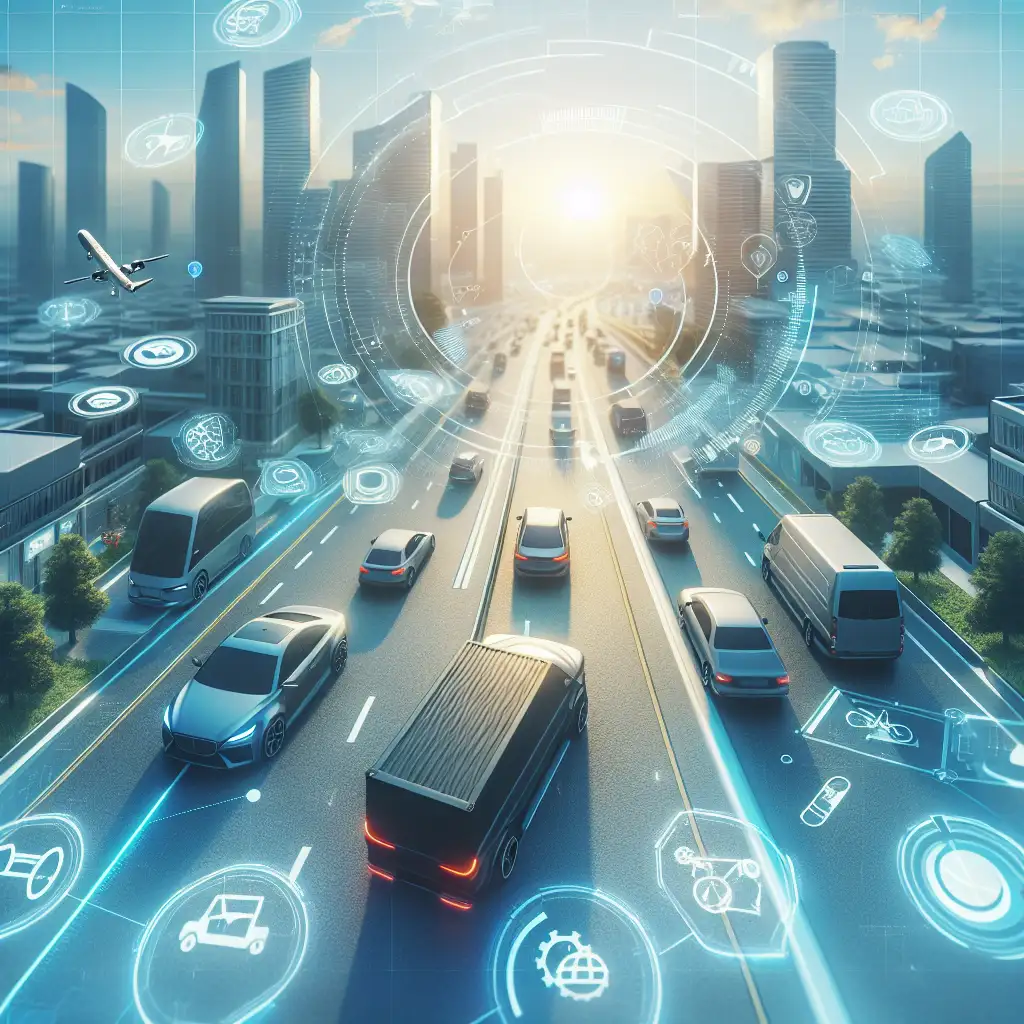Understanding High-Definition Mapping for Autonomous Vehicles
Explore how HD maps play a crucial role in the accurate navigation of self-driving cars.

As the world moves closer to a future where self-driving cars are a common sight on our roads, understanding the technology that makes this possible is essential. One of the key components enabling autonomous vehicles to navigate with precision is High-Definition (HD) mapping. But what exactly are HD maps, and why are they so important for self-driving cars? Let's dive into the world of HD mapping and its role in the autonomous vehicle revolution.
What Are High-Definition Maps?
High-Definition maps are detailed digital maps that provide a comprehensive view of the road environment. Unlike traditional maps that you might use for navigation, HD maps include a wealth of information such as lane markings, road signs, traffic signals, and even the curvature of the road. These maps are incredibly precise, often down to a few centimeters, which is crucial for the safe operation of autonomous vehicles.
HD maps are created using a combination of technologies, including LiDAR (Light Detection and Ranging), cameras, and GPS. LiDAR uses laser beams to measure distances and create a 3D representation of the environment, while cameras capture visual details. GPS provides location data to ensure the map is accurately aligned with the real world.
The Role of HD Maps in Autonomous Vehicles
HD maps serve as a critical layer of information for self-driving cars, complementing the data collected by the vehicle's sensors. Here are some of the key roles HD maps play:
- Precision Navigation: HD maps provide the detailed information needed for precise navigation, allowing autonomous vehicles to stay in their lanes and make accurate turns.
- Environmental Awareness: By including details like road signs and traffic signals, HD maps help vehicles understand and respond to their surroundings.
- Predictive Capabilities: HD maps can offer predictive insights, such as upcoming road conditions or changes in speed limits, enabling smoother and safer driving.
How HD Maps Enhance Safety and Efficiency
One of the primary benefits of HD maps is their ability to enhance the safety and efficiency of autonomous vehicles. For instance, by providing detailed information about the road environment, HD maps help vehicles anticipate and react to potential hazards more effectively. This can reduce the likelihood of accidents and improve overall traffic flow.
Moreover, HD maps can assist in optimizing routes, leading to more efficient travel. By knowing the exact layout of roads and traffic patterns, autonomous vehicles can choose the best paths, saving time and reducing fuel consumption.
Challenges and Future of HD Mapping
While HD maps are a powerful tool for autonomous vehicles, they also present certain challenges. Keeping these maps up-to-date is crucial, as road conditions and layouts can change frequently. This requires continuous data collection and processing, which can be resource-intensive.
Looking ahead, the future of HD mapping is promising. Advances in technology are making it easier to create and update these maps, and as more autonomous vehicles hit the roads, the demand for accurate HD maps will only grow.
Conclusion
High-Definition mapping is a cornerstone of autonomous vehicle technology, providing the detailed and precise information needed for safe and efficient navigation. As you consider the future of transportation, think about the role of HD maps and how they contribute to the development of self-driving cars. Whether you're a tech enthusiast or simply curious about the future of driving, understanding HD mapping is a step towards embracing the exciting changes ahead.
 CarChooser
CarChooser